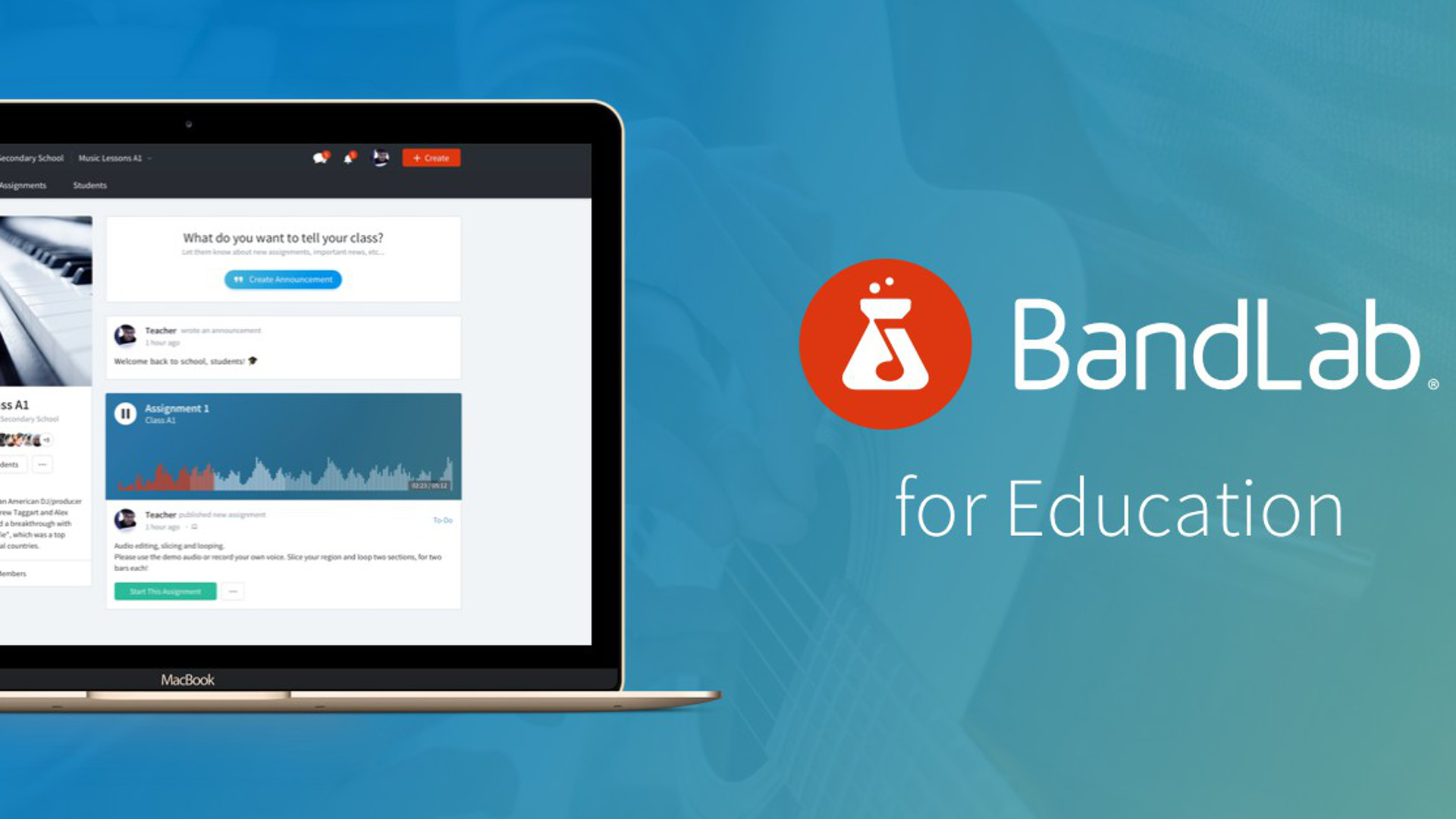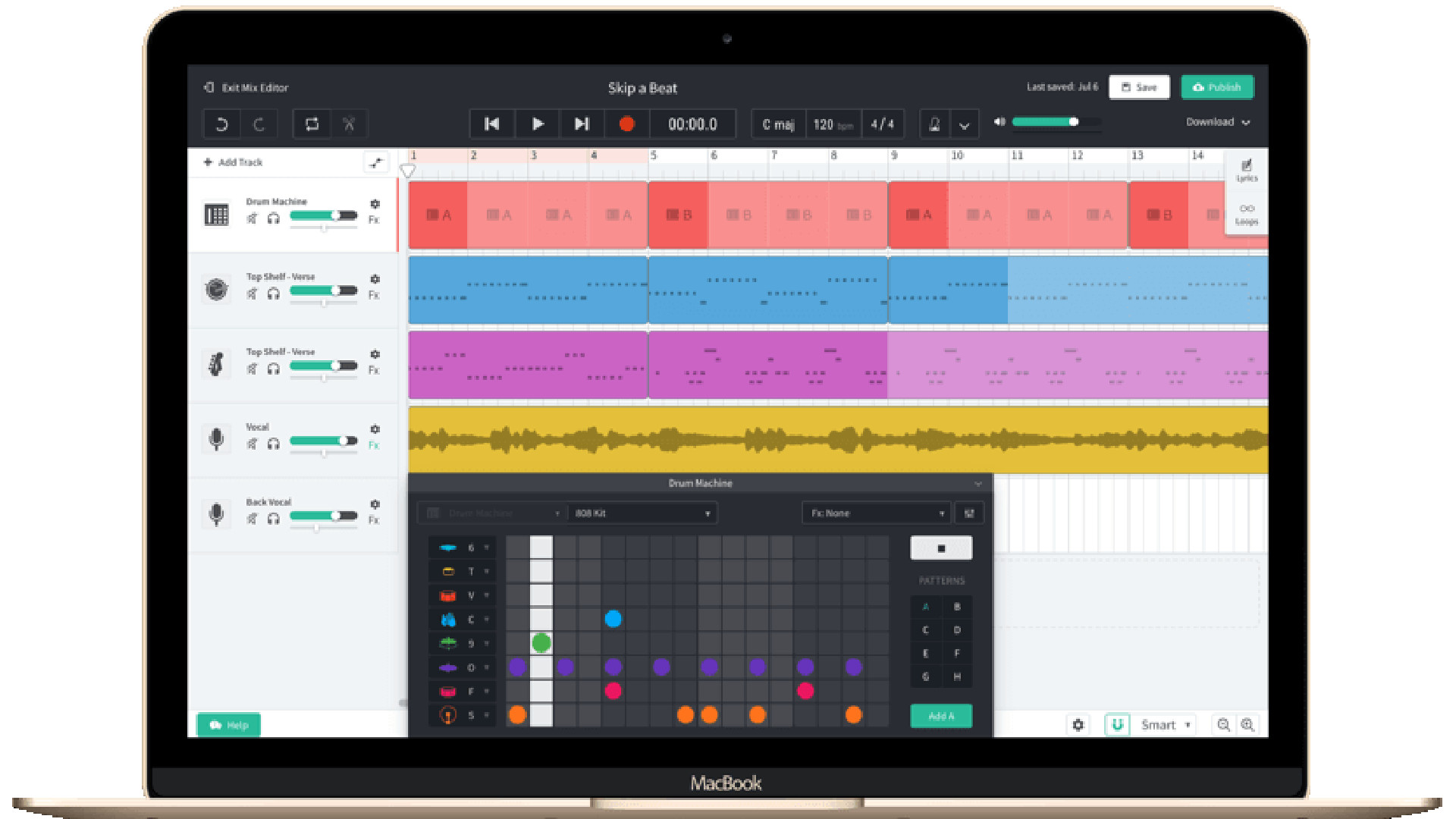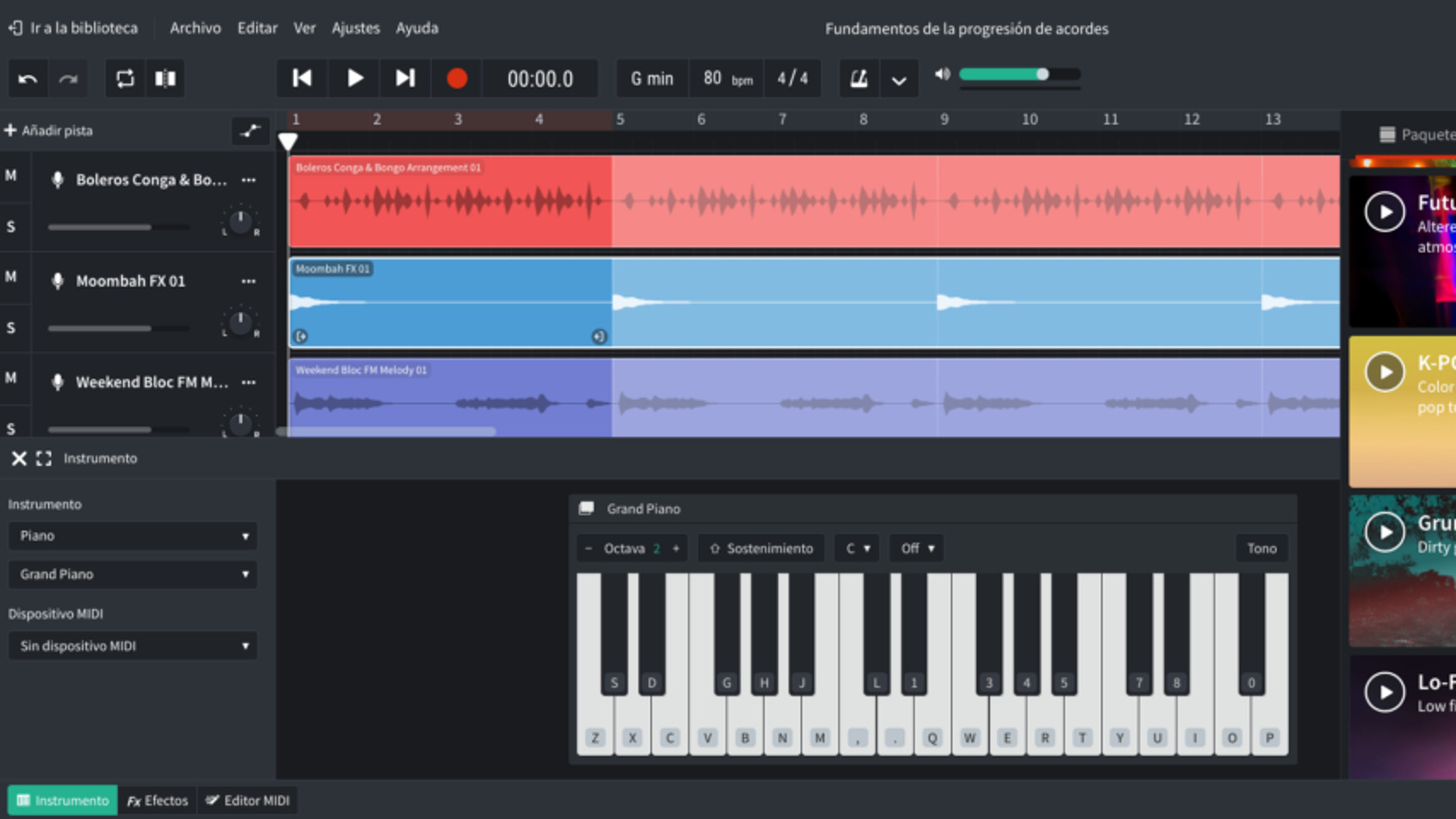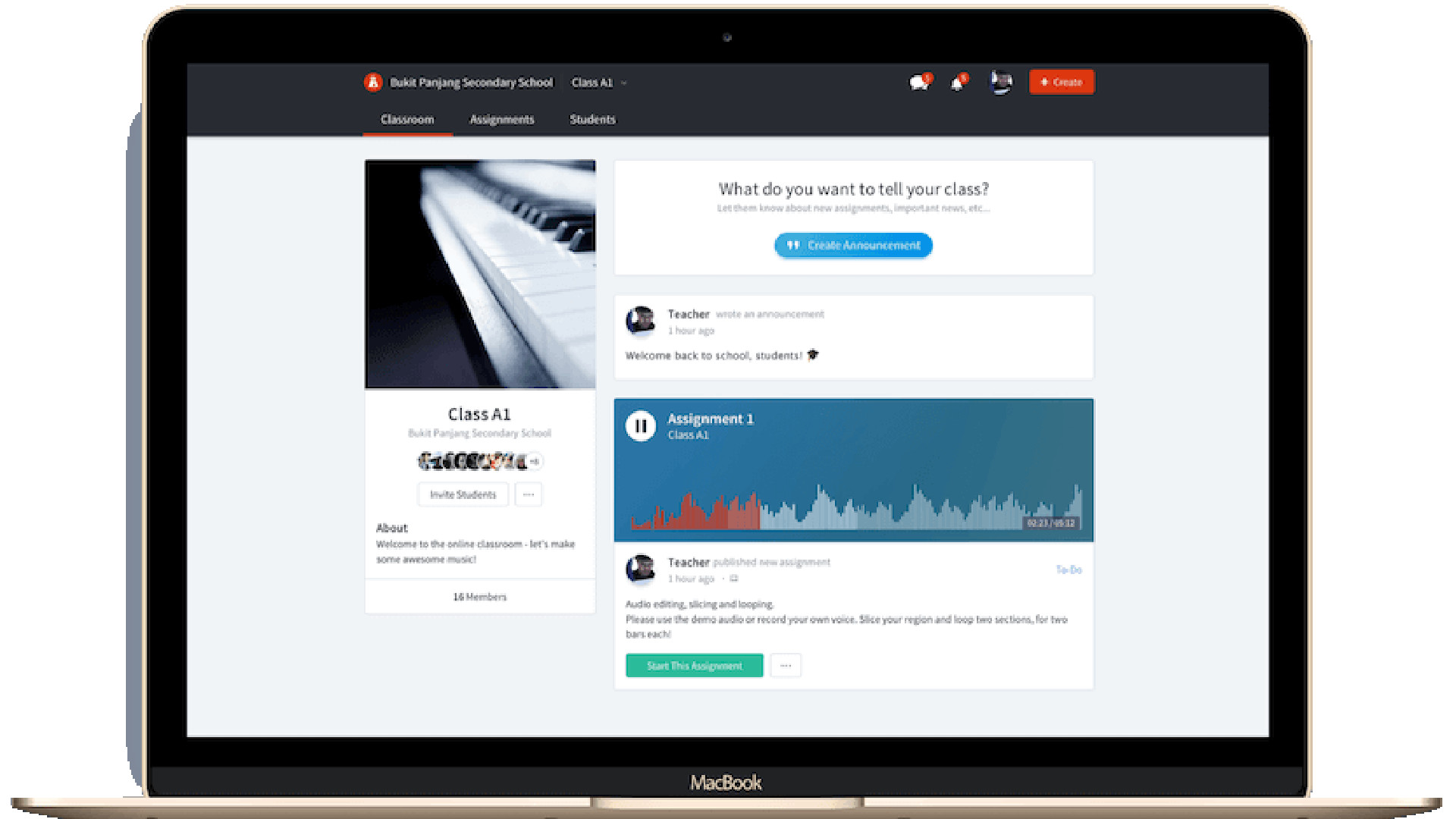What is BandLab for Education? Best Tips and Tricks
BandLab for Education is a music focused learning tool that helps students progress independently, anywhere

BandLab for Education is a digital tool that allows teachers and students to collaborate on music-based learning. This makes it a powerful option for teachers who want to work remotely as well as in the classroom with students learning music creation.
This free-to-use platform features virtual and real-world instruments and has more than 18 million users spread across 180 countries. It's growing fast with a million new users joining each month and about 10 million tracks created through the offering.
This is very much a digital music creation platform focused on music production. But the education arm of that allows students to use this as an accessible DAW (Digital Audio Workstation) with lots of tracks loaded on to work with.
Read on to find out everything you need to know about BandLab for Education.
What is BandLab for Education?
BandLab for Education is a digital audio workstation that, at first glance, is similar to what professional producers use when creating and mixing music. On closer inspection, it is an easier-to-use option that somehow still offers complex tools.
Crucially, all the processor-intensive work is offered online so you don't need to rely on software to do all the data crunching locally. That helps make this more accessible to students from varying backgrounds since the platform will operate on most devices.

BandLab for Education allows students to record music directly from a connected instrument, meaning they can learn to play while also building their ability to work with those recordings. All that can lead to the creation of more complex musical arrangements.
Tools and ideas to transform education. Sign up below.
That said, the loop library contains numerous tracks that make getting started very easy, even without real-world instruments. This is ideal for in-class use as well as for remote learning as it can be used in conjunction with video platforms for guided musical creation.
How does BandLab for Education work?
BandLab for Education is cloud-based so anyone can get access and login with a web browser. Sign up, sign in, and get started right away – it's all very straightforward, which is refreshing in this space that has historically involved complex functionality and a steep learning curve.
Students can get started by dipping into the loop library for tracks that can then be conformed to the tempo of a project. A simple drag-and-drop functionality makes for easy construction of tracks on the timeline in a classic layout style, which is easy to understand, even for students new to this.

BandLab for Education is full of helpful resources to guide new and more advanced users. The desktop app can be easiest to use thanks to the larger screen, but this also works on iOS and Android devices so students can work on their own smartphones whenever they get a chance.
To use instruments, you simply plug in as an amp and the software will play and record the music you're making, in real time. When using a keyboard, it's also possible to use that as a way to play a selection of different virtual instruments.
Once a track is created, it can then be saved, edited, mastered, and shared.
What are the best BandLab for Education features?
BandLab for Education is a fantastic way to get started in audio editing. But it's also a great option for sharing since everything is saved in the cloud. This allows students to work on a project and then submit it either when finished or during the production process.
Teachers can keep track of students in real-time as they work on a project, which is ideal for guidance, feedback, and assignment check-ups. There's even a grading system built right into the platform.

BandLab for Education allows for real-time collaboration so multiple students can work together, or the teacher can work with a student directly – you can even message each other as you go. The potential for creating bands in class is huge here with different students playing different instruments to create a powerful collaborative end result.
There is a lack of sampler or synthesizer to manipulate sounds further, but there are alternative software options for this kind of thing. That isn't to say this lacks more complex functions, as an update added MIDI mapping as a feature, ideal for those with an external controller attached.
Editing is straightforward with cut, copy, and pasting as many will have already used in other programs. Alter pitch, duration, and reverse sounds or for MIDI quantize, re-pitch, humanize, randomize, and change the velocity of notes – all very impressive for a free setup.
How much does BandLab for Education cost?
BandLab for Education is totally free to use. This gets you unlimited projects, secure storage, collaborations, algorithmic mastering, and high-quality downloads. There are 10,000 professionally recorded loops, 200 free MIDI-compatible instruments, and multidevice access on Windows, Mac, Android, iOS, and Chromebooks.
BandLab for Education best tips and tricks
Start a band
Sectionalize your class, putting varying instrument players in separate groups to make sure there is a mix. Then let them put together a band, including tasks from the name and branding to building and performing a song track.
Digitize homework
Have students record their instrument practice at home so they can send it over to you to check on their progress. Even if you don't check in detail, it has them working to a standard and being driven to practice.
Teach online
Start a video meeting with an individual or class to teach playing and editing. Record the lesson so it can be shared or re-watched so students can progress and practice the techniques in their own time.
Luke Edwards is a freelance writer and editor with more than two decades of experience covering tech, science, and health. He writes for many publications covering health tech, software and apps, digital teaching tools, VPNs, TV, audio, smart home, antivirus, broadband, smartphones, cars and much more.
